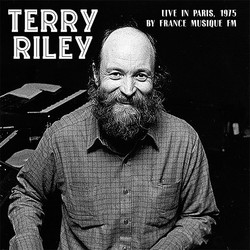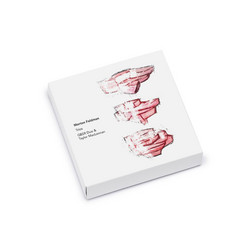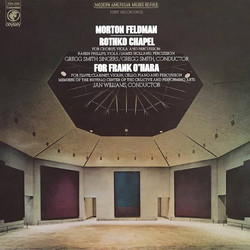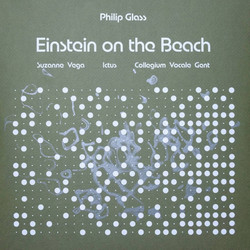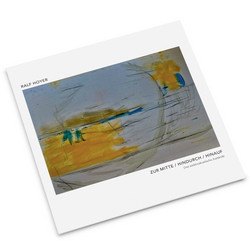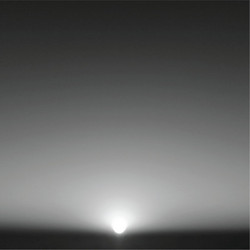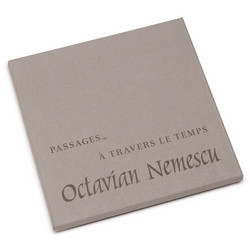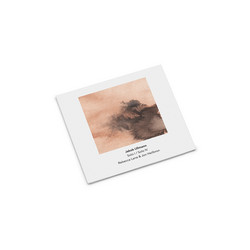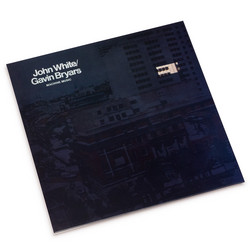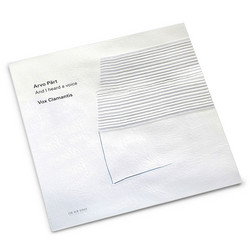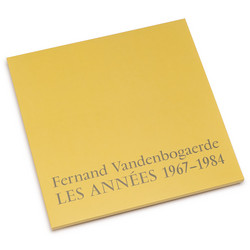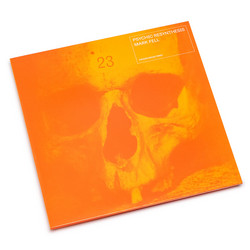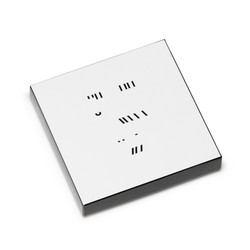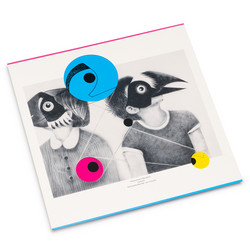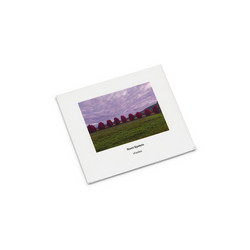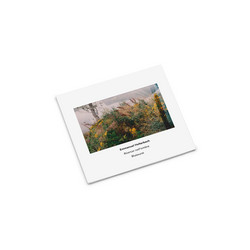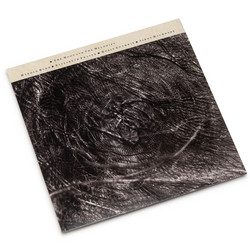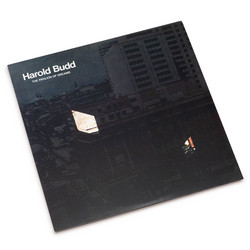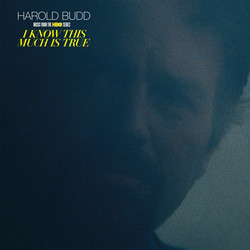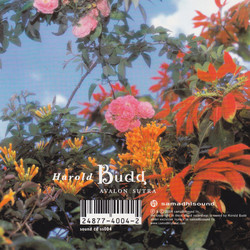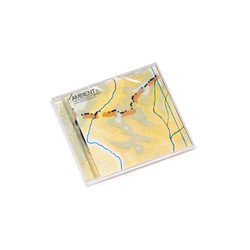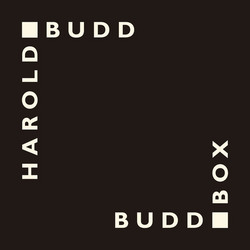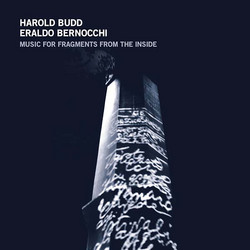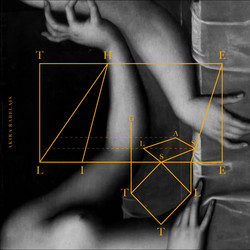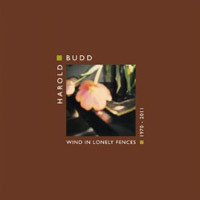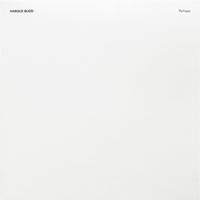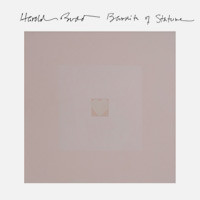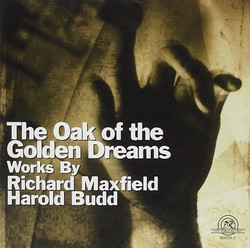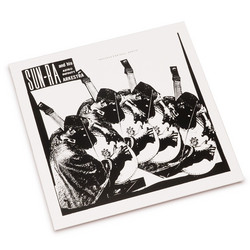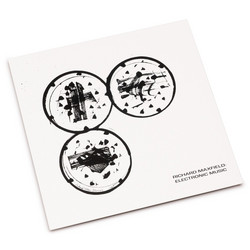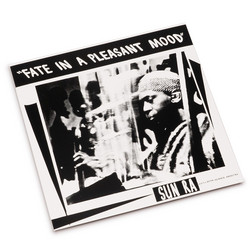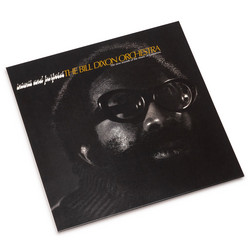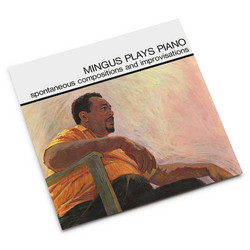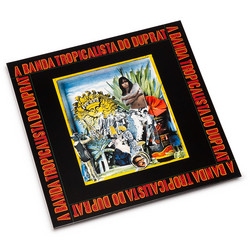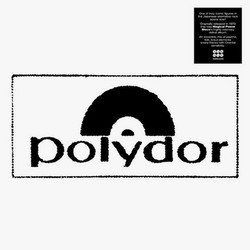Harold Budd
The Oak Of The Golden Dreams (LP)
More than five decades after Harold Budd first channeled the ethereal buzz of Mojave Desert telephone wires into sound, his revolutionary debut The Oak Of The Golden Dreams finally returns to vinyl. Parole has lovingly restored this foundational document of ambient minimalism, offering a new generation the chance to experience the moment when one of music's most distinctive voices first emerged from the California avant-garde. Originally released on the tiny Advance label in 1971, The Oak Of The Golden Dreams captures Budd at his most experimental, working with the then-revolutionary Buchla Electronic Music System at California Institute of the Arts. Realized on the Buchla Electronic Music System at California Institute of the Arts, then in Burbank, in 1970, was accomplished in a real-time situation: a single performance going directly to magnetic recording tape. The tuning of the treble cantilena, done wholly by ear, is based on E-flat major, creating what would become the harmonic foundation for decades of transcendent compositions.
This album represents a pivotal moment in American experimental music. If the Richard Maxfield pieces represent the state of new music in the months before minimalism was born, Harold Budd's works from 1970 reflect minimalism's initial impact. The Oak of the Golden Dreams was made on the Buchla Box which Budd uses here as an electric organ capable of the kind of fast modal improv, over an unchanging E-flat drone, that Terry Riley and La Monte Young had been doing on saxophone and piano. Yet where his contemporaries often pursued mathematical precision, Budd already displayed the poetic sensibility that would make him ambient music's most emotionally resonant voice.The album presents two extended pieces that map the territory Budd would explore for the next five decades. The title track unfolds as a shimmering meditation, its Buchla-generated tones weaving hypnotic patterns that seem to hover between Eastern mysticism and electronic futurism. The piece consists of a drone note foundation with eastern snake charmer like soloing overdubbed. "Coeur D'Orr," originally designed for sculptor Eric Orr, demonstrates Budd's fascination with spatial composition, combining 8-track organ recordings to create what he described as "occasional sensations of rapid scalar passages and producing a predominant mixolydian mode."
What makes this reissue so significant is its rarity and historical importance. These are the earliest Budd compositions, predating his more famous collaborations with Brian Eno by a full decade. In 1970, he released his first piece, The Oak of the Golden Dreams, which he recorded with an early model Buchla modular synthesizer at the institute. For collectors and ambient music historians, this represents the holy grail—the moment when the artist who would define "eternally pretty music" first discovered his voice. This piece is the last in a series of pieces named for California place names beginning in 1966 with Noyo, followed by Boonville (1967), California 99 (1969), and Healdsburg Plum (1970). These geographic references reveal Budd's deep connection to the American West, that vast landscape that would forever inform his music's sense of space and solitude. The boy who grew up listening to telephone wires sing in the desert wind had found his medium.
The journey from this experimental beginning to ambient stardom reads like a fairytale of artistic persistence. Budd developed what he called a "soft pedal" technique for playing piano, with use of slow playing and prominent sustain. His collaborations with Eno—particularly Ambient 2: The Plateaux of Mirror and The Pearl—would establish his reputation as ambient music's poet laureate. Yet it was here, in the electronic laboratories of CalArts, that the seeds were planted.
The Guardian said, "The core Budd sound of yearning piano motifs and reverb-laden impressionism is often called minimalism. But compared with the cyclical craft of Steve Reich and early Philip Glass, his low-key, expansive forays felt deftly maximalist. This has made Budd's craft synonymous with the dreamworld". That dreamworld aesthetic, so fully realized in later works, can be traced directly to these early electronic explorations. Tragically, Harold Budd passed away in December 2020, a victim of COVID-19 complications following a stroke. His death robbed the world of one of its most singular musical voices, making this reissue feel both celebration and memorial. Fans of Harold Budd's later quiet electronic works will be amazed to hear staunch minimalist works dating from the late '60s and early '70s; the seed of the later work can be found here as can the overriding tonality and sensualism that Budd is best known for.
Parole Italy Press Office
